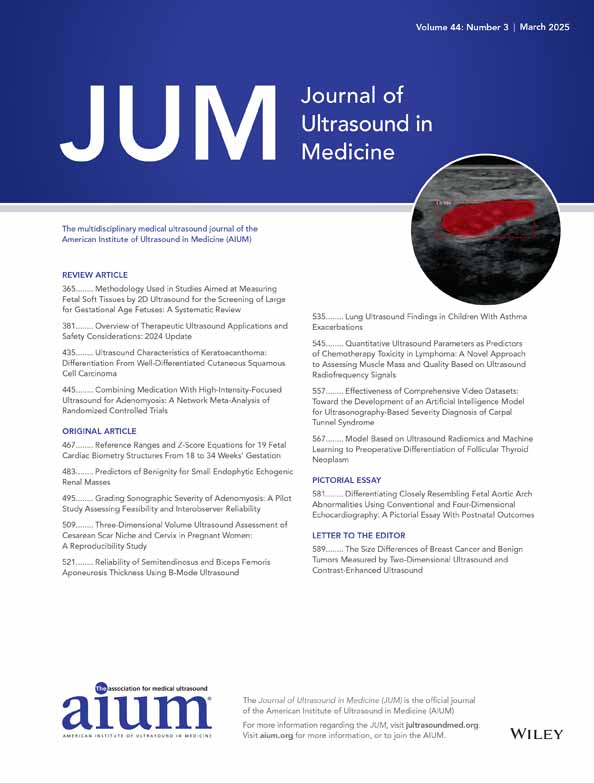Combining Medication With High-Intensity-Focused Ultrasound for Adenomyosis
A Network Meta-Analysis of Randomized Controlled Trials
All authors declare that they have no conflict of interests.
This research received no specific grant from any funding agency in the public, commercial, or not-for-profit sectors.
Abstract
This network meta-analysis aims to identify the best possible combination therapy for individuals suffering from adenomyosis. To identify pertinent research for the network meta-analysis, a comprehensive search was conducted across multiple databases, including PubMed, Embase, Cochrane Library, Web of Science, CNKI, WanFang, and VIP, spanning from their commencement to February 21, 2024. The study's focus was on evaluating outcomes including visual analog scale (VAS) scores for dysmenorrhea, measurements of uterine and lesion volumes, menstrual blood loss, and the rate of disease recurrence. The findings from both direct and indirect comparisons, which were quantitatively assessed using weighted mean differences or relative risk along with their respective 95% confidence intervals, were graphically depicted in forest plots. Additionally, the ranking probability was illustrated, which indicated the likelihood of various high-intensity-focused ultrasound (HIFU) combination therapies being the most effective across each measured outcome. In the final analysis, this network meta-analysis encompassed a total of 31 articles. The results showed that HIFU combined with gonadotropin-releasing hormone agonist (GnRH-a) and progestin was more effective to decrease VAS score for dysmenorrhea than other combined therapies. HIFU combined with progestin was superior to other combined therapies in decreasing uterine volume, lesion size, and recurrence rate. HIFU combined with mifepristone was more effective to reduce menstrual volume compared to other combined therapies. The analysis suggests that regimens incorporating HIFU along with GnRH-a and progestin, or HIFU combined with progestin or HIFU combined with mifepristone might offer superior benefits in the clinical management of adenomyosis. These combined treatment approaches could potentially be more effective options for patients suffering from this condition.
Open Research
Data Availability Statement
The datasets used and/or analyzed during the current study available from the corresponding author on reasonable request.




